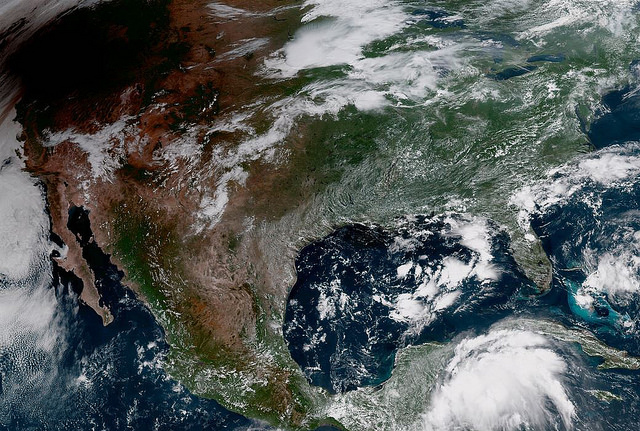
They mean a lot to manufacturers.
With so much craziness in the world, you can be forgiven for not noticing, but: The NAFTA renegotiations are simultaneously hitting a rough patch and moving quickly. So! While the talks slow down and we can take a quick gulp of air, we’re taking a moment to revisit where AAM stands on one point of contention: rules of origin.
What’s are Rules of Origin?
A trade agreement’s rules of origin (ROO) determine the national source of the product contained within it. Sounds kind of important, right? In the context of NAFTA, only those countries that have signed on to the agreement (and bear its risks and responsibilities) should obtain its benefits.
“We cannot forget that the point of a free-trade agreement is to advantage those within the agreement — not to help outsiders,” said Commerce Secretary Wilbur Ross, who thinks the agreement’s ROOs are too loose. Using auto parts as an example, Ross argued a few weeks ago in a Washington Post op-ed that once American-made content in imported Mexican and Canadian goods is being replaced by content made outside the zone:
This problem is particularly troubling because the previous U.S. share of the content found in imports from Canada and Mexico is largely being absorbed by non-NAFTA trading partners, not by Canada and Mexico themselves. The share of content from foreign countries other than Canada and Mexico has almost doubled in our imports from Mexico, from 14 percent to 27 percent. The non-NAFTA content of our imports from Canada likewise rose, from 12 percent to 21 percent.
We agree with the sentiment.
While we aren’t suggesting that the ROO on automobiles should be jacked up sky high overnight (they’re currently at 62.5 percent), we do believe they should be phased up over time to encourage more manufacturing takes place inside the NAFTA bubble – and employs more Americans in manufacturing jobs. But to truly make origin rules effective, we should also maximize the regional value content (RVC), which governs how much of each product in a larger product (an auto part in a car engine, for example) must be made of locally produced content.
Under NAFTA, steel isn’t among the materials traced by RVC rules – although a lot of products made with steel are. And as such, there’s no NAFTA incentive for North American manufacturers of steel-intensive materials to use steel made here. The result? There’s a lot more steel from places like Japan, South Korea, and China (all governments that heavily protect their industries) enjoying the benefits from NAFTA, even though their countries never signed onto the deal.
That’s not the only beef we’ve got with NAFTA.
There are other issues AAM has with the agreement in its current form. As we wrote to the U.S. Trade Representative back in June, we’d like a review of exchange rate rules, trade remedy applications, rules barring participation by state-owned enterprises, government procurement, and increased labor and environmental standards. You can read them here.
